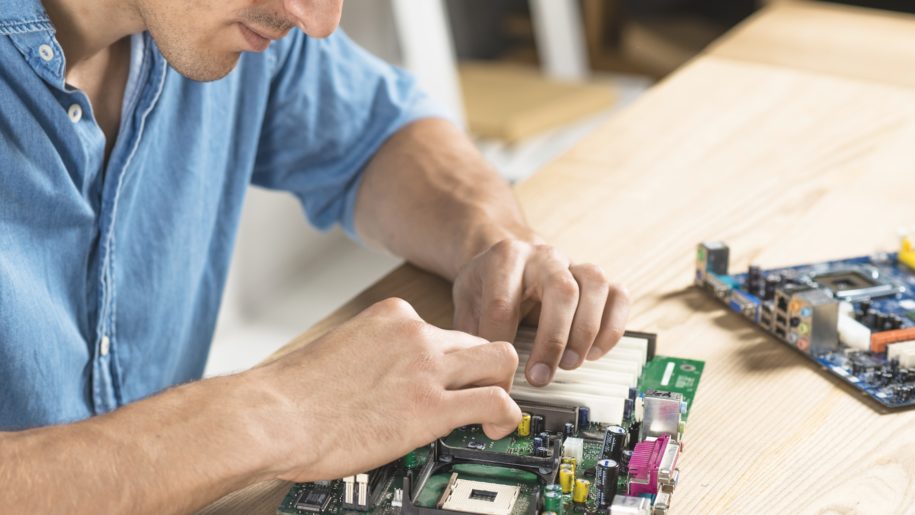The serial bus is one of the first communication systems in the computer era. Despite its venerable age, it’s still well alive and used for the great simplicity in both hardware and software management. Virtually all the microcontrollers have this kind of peripherals. This article describes some different physical layer interfaces of those peripherals.
Introduction
The Roadrunner SOM’s SAMA5D27 MCU has the following serial peripherals that can be used:
Five simple UARTs
Five FLEXCOMs, configurable as full-featured USART, other than SPI and TWI
for a total of up to ten possible separated serial communications.
The simple UART ports use just RX and TX for communication

Table 48-1: UART Pin Description
| Pin Name |Description | Type | |———-|————–|——-| | URXD UART| Receive Data |Input | | UTXD UART| Transmit Data| Output|
With the FLEXCOM also the hardware RTS-CTS handshaking may be used optionally

Table 47-2: I/O Lines Description
|Name | Description | |————|————-| |FLEXCOMIO0 | TXD | |FLEXCOMIO1 | RXD | |FLEXCOMIO2 | SCK | |FLEXCOMIO3 | CTS | |FLEXCOM_IO4 | RTS |
Serial TTL
The simplest way is the direct connection to the TX-RX pins. This system is often used for the console output and debugging, but it may be used to directly connect more MCUs or the MCU with simple devices. Without any line driver or protection systems it’s suggested to use this mode just for debugging in a supervised environment or to connect devices within the same system. Pay attention to the I/O voltage level of devices with different power supply, not all of them are voltage tolerant.

The TTL communication can be achieved also with a computer, interfacing it through an USB to serial converter
USB
When the debug, or other, ports often need to be connected to an external computer, could be convenient to add the serial to USB converter on the same board with the Roadrunner using the classic FTDI FT232 chip which is supported by all the operating systems on virtualizing a COM port.

By applying all the cautions described in the article about USB for external devices connections, this system guarantees a reliable and stable connection for frequent usage.

RS232
The EIA RS-232-C standard (August 1969) defines the “Interface Between Data Terminal Equipment and Data Communication Equipment Employing Serial Binary Data Interchange”, including the signals levels, connector types etc. Even though it has been almost completely replaced by the common USB, it could still be possible to have the need of this type of connection.
The MAX3232 Line Driver/Receiver meets or exceeds the requirements of more recent TIA/EIA-232-F and ITU V.28 standards starting from TTL signals and a single 3.3V power supply, including ±15-kV ESD protection.

Right now only the DB9 D-sub connector is used for RS232 interfacing.

If no RTS-CTS handshaking is used, the 2+2 line drivers of the MAX3232 can be used for a double serial connection. In this example four devices can be interfaced, using two double, stacked DB9 D-sub connectors to save space on PCB.

Because of the external connections of the RS232 cable, all the cares already described about ESD must be applied. A 1mm gap between the shield and internal ground guarantees enough tolerance to high voltage. No external ESD protection components are required because they are included in the MAX3232 chip.

Related links
Roadrunner USB pinout (PRELIMINARY)
SAMA5D2 Series datasheet
FTDI FT232
MAX3232
@include=’bio_guiott’

